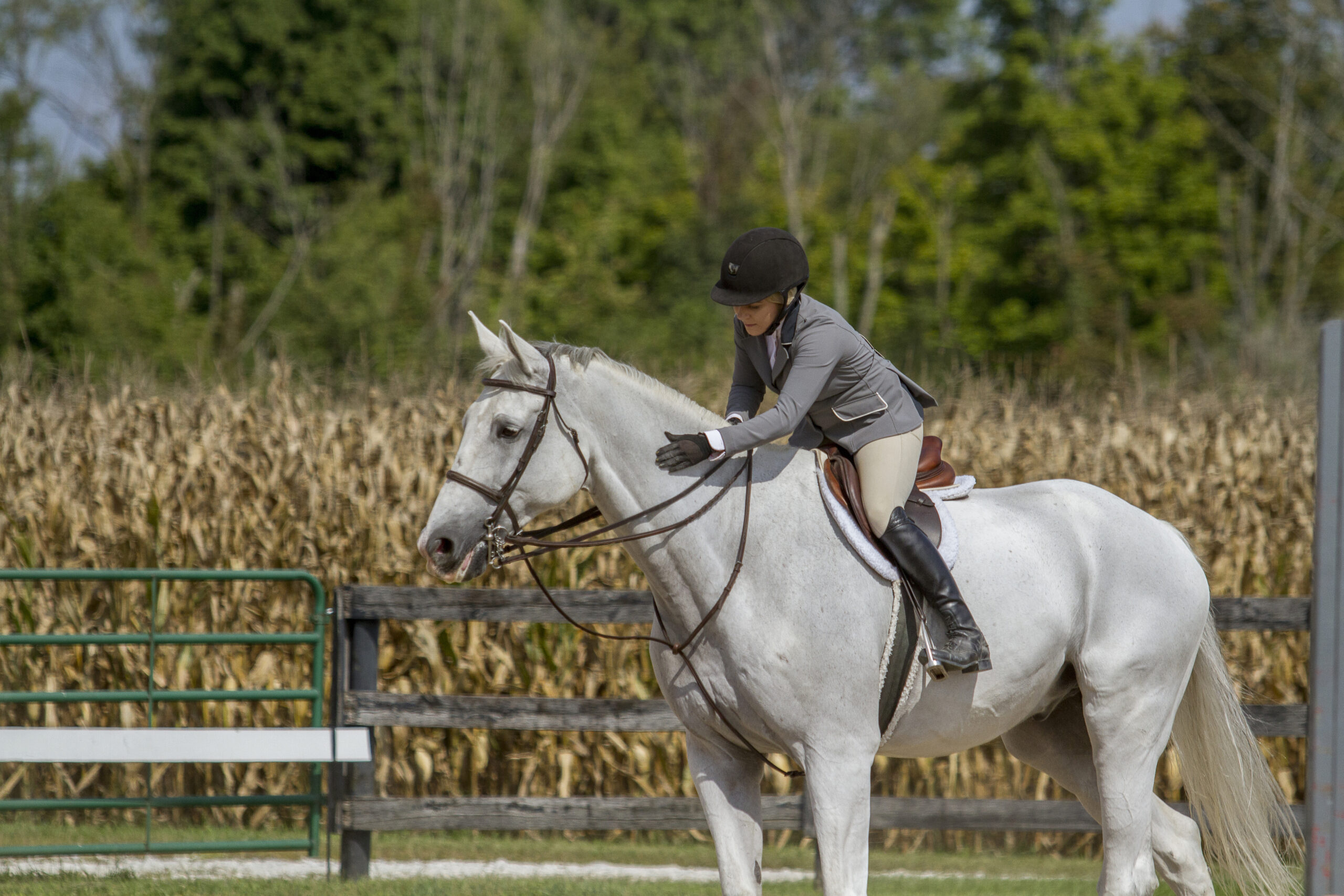[ad_1]
(Read more below, or go straight to the survey here: https://edinburgh.onlinesurveys.ac.uk/equine-biomechanics-and-the-use-of-auxiliary-reins)
Auxiliary reins are frequently used in horse training, but what drives equestrians to use them in the first place?
This is one of the questions being asked in an upcoming study by researchers at the University of Edinburgh’s Royal (Dick) School of Veterinary Studies investigating the biomechanical perceptions of equestrians and reasons for use of auxiliary reins. Defined as any rein besides the simple reins used to connect the rider’s hands directly to the horse’s bit, an abundance of these training aids are available on the market today. Traditionally, they are used to assist in the physical development of horses to improve their “way of going” or movement, or what scientists call their biomechanics.
Beyond this, however, little is known about what motivates equestrians to reach for that pair of side reins, a training martingale, or any other type of auxiliary rein that may be residing in the tack room. It is important to develop that understanding as the equine industry more frequently comes under scrutiny from the general public. From our own perspectives as equestrians, we love our horses and want to do what is best by them.
Interest in equine biomechanics – movement of the horse with a focus on the muscles, bones, and soft tissues – has increased within the equestrian community in recent years. Over the past two decades this has resulted in research to better understand the effects that auxiliary reins have on horses. An additional aim of the current study is to determine if equestrians’ perception of what is physically being achieved by using auxiliary reins matches our scientific understanding to date.
Responses will be collected from participants using an online survey, which will be open from 30th October, 2023. Equestrians of all disciplines and experience levels are invited to fill out the survey, regardless of auxiliary rein usage. Topics covered include equestrian demographic information, biomechanical knowledge, and for those who use auxiliary reins, how and why these training aids are used in work with horses. You can access the survey here https://edinburgh.onlinesurveys.ac.uk/equine-biomechanics-and-the-use-of-auxiliary-reins.
Participation in this study is voluntary and all submissions will be completely anonymous. No personal identifying data will be collected within the survey, and all information will be stored according to the Data Protection Act and GDPR principles.
The study has received ethical approval from the R(D)SVS Human Ethical Review Committee (HERC) and has been assigned the following unique identifying number: 2023-098.
Student researcher: Mikaela Tapuska, Master’s student on the Equine Science programme www.edin.ac/msc-equine-science
Supervisors: Professor Inga Wolframm and Dr. Victoria Lindsay-McGee
If you have any questions regarding this study, please contact Mikaela Tapuska at [email protected]
[ad_2]
Source link
